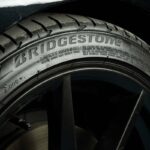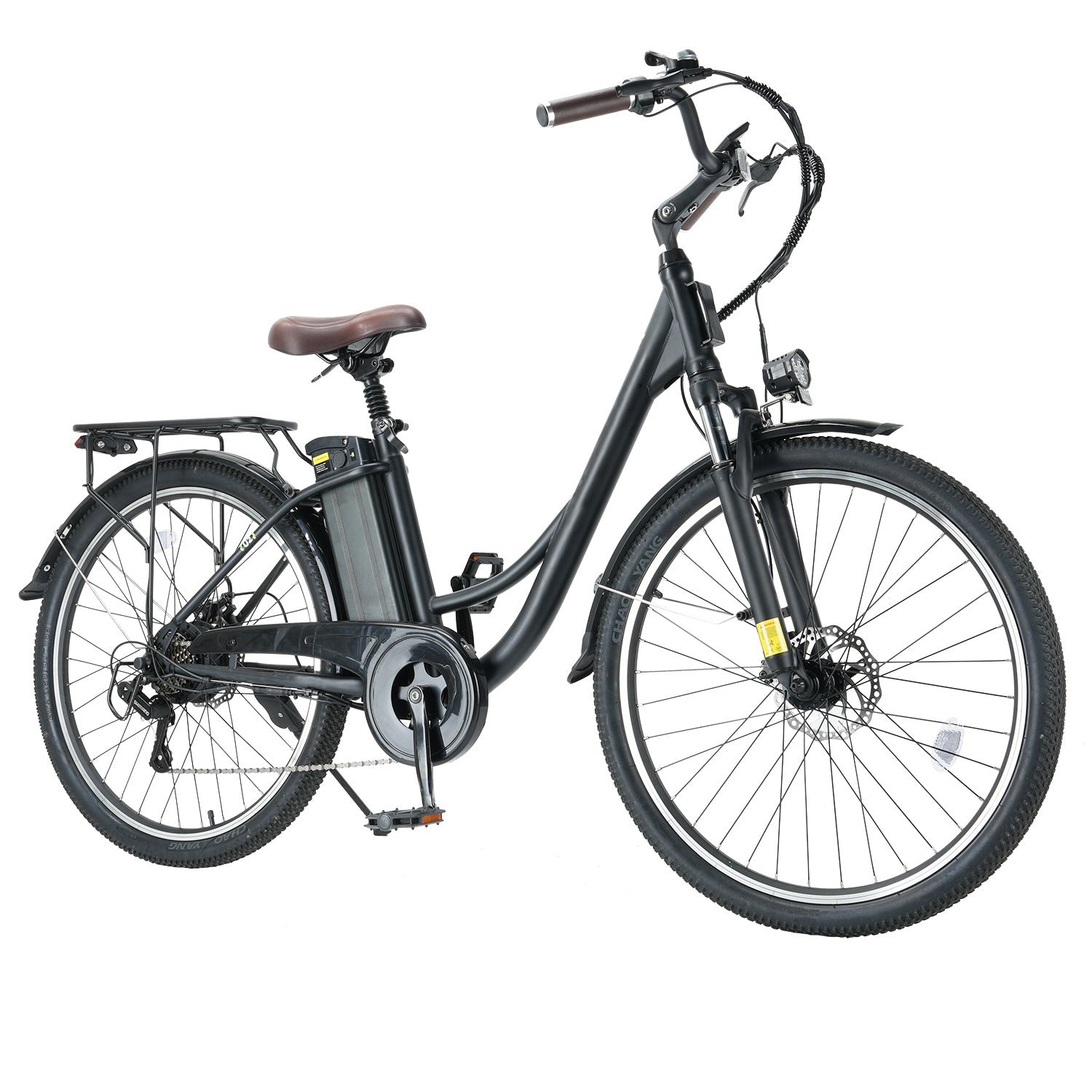Whether you are a more experienced driver or just taking driving lessons in Brooklyn, or what kind of whether you are driving in, always ensure you remember this simple rule of thumb: you shouldn’t drive faster than what is safe for the road conditions.
Adverse weather conditions are typical. It is essential to practice defensive driving techniques in winter weather conditions such as snow, rain, sleet, fog, and ice. It is also essential to practice safe driving in extreme weather conditions such as tornados, hurricanes, electrical storms, etc.
It is recommended to postpone the journey is possible than to drive when there are bad weather conditions in your area. However, if you have to drive in advance weather conditions, here are some tips for driving.
Plan Ahead
Typically, it is difficult and takes longer to drive in poor weather. This can be stressful and could negatively impact your driving if you have not left more time to reach your destination and you are running late. Even before you go, check the weather. If an alternative path can be taken to escape the brunt of a weather system, do so.
Until the weather has changed, you will also want to consider delaying your journey. Bring a map with you if you decide not to postpone, to avoid getting lost when visibility is poor, and to show you alternative routes if appropriate.
Drive Slowly
You should drive slower than usual in extreme weather conditions. This can significantly reduce the chance of skids and accidents.
Consider Winter Tires
If you stay somewhere frequently by snow, ice, and freezing temperatures, snow tires can be a life-saver. These tires are made to upsurge traction, which is usually hard to achieve with standard tires when your car skids on the snowy ground. The high-qualitywinter tires have rubber components and tread designs, which are meant to improve the grip in the cold or snowy environment.
Turn On Low Beams in Fog.
Ensure that you turn on your headlights in fog, no matter the time of the day. The low beam headlights will help you to see and help other drivers to see you too. It is recommended to maintain a more considerable following distance in fog and drive slowly as you may encounter other things such as a traffic light or another car until it is nearly upon you.
Brake Early
When moving in snow or ice, you need to maintain more room between your car and the front than you do in average weather conditions. The idea is to ensure that you have enough room to allow you to brake early, so you have total control over your vehicle. If you jab your car brakes on a slick road, you will likely put your car in an unconditional skid.
Clear Vision
Before you start driving a snow-covered car, ensure that you remove the snow and ice from the roof and windows. In most places, it is illegal to drive a snow-covered vehicle. You only need a few minutes to remove the snow from your vehicle and could save you from a possible accident.
With the above-mentioned adverse weather driving tips, you should drive in extreme weather conditions.
Most importantly, consider going for driving lessons to get more skills that will make you a better driver.













